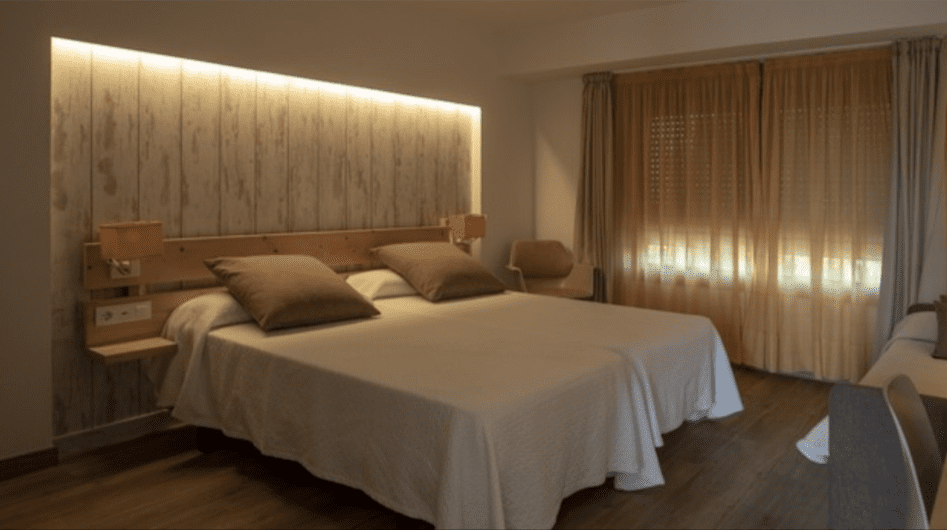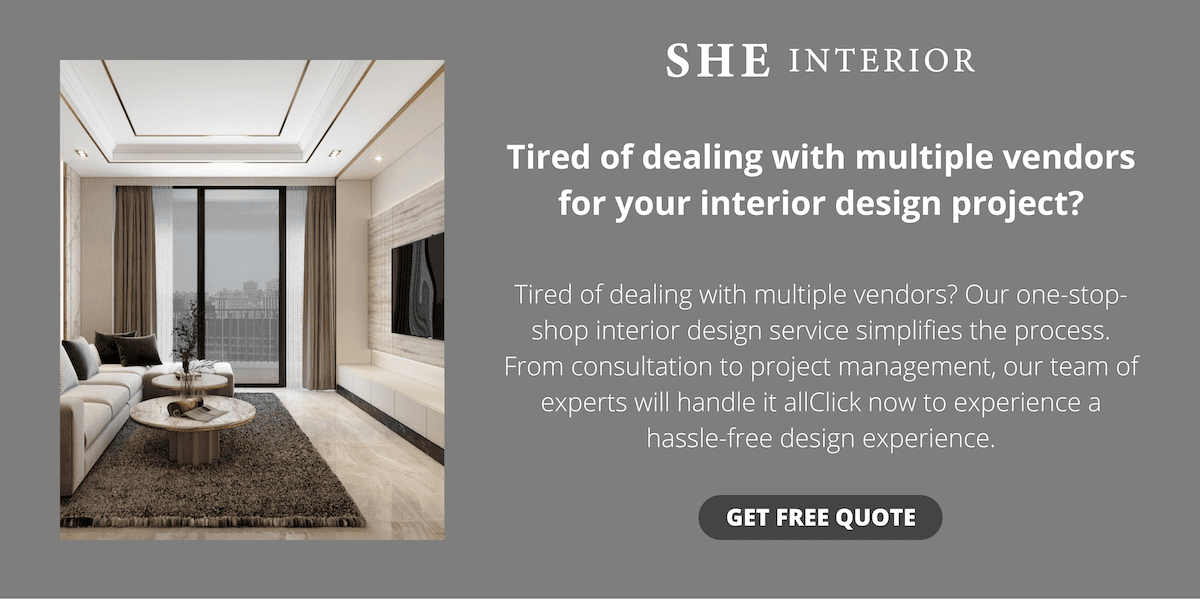Hospitality interior design is an art and science that focuses on creating exceptional and unforgettable experiences for guests in various hospitality establishments such as hotels, restaurants, resorts, and bars. It goes beyond just aesthetics and functionality, aiming to evoke emotions, stimulate senses, and leave a lasting impression on guests. In this article, we will explore the key principles, elements, trends, benefits, and challenges of hospitality interior design in creating memorable experiences.

Functionality and Practicality: The Foundation of Hospitality Interior Design
One of the fundamental principles of hospitality interior design is the emphasis on functionality and practicality. The design should not only be visually appealing but also highly functional and efficient in meeting the needs and expectations of guests. For instance, the layout and arrangement of furniture and fixtures should optimize the flow of guests, staff, and services, ensuring smooth operations and excellent customer service. The choice of materials, finishes, and furnishings should also be durable, easy to maintain, and comply with safety and health regulations.
Aesthetics and Ambience: Setting the Mood for Memorable Experiences
Aesthetics and ambience play a crucial role in creating memorable experiences in hospitality interior design. The design should reflect the brand identity, values, and positioning of the establishment, while also resonating with the preferences and expectations of the target guests. The color palette, lighting, and spatial arrangement should work together harmoniously to create a cohesive and inviting ambience that sets the mood for different experiences, whether it’s a cozy and intimate atmosphere for a romantic dinner or a vibrant and dynamic ambiance for a trendy bar. The use of textures, patterns, and materials should also add visual interest and sensory stimulation, making the space memorable and Instagram-worthy.
Comfort and Ergonomics: Putting Guests at Ease
Comfort and ergonomics are essential considerations in Hospitality interior design is all about putting guests at ease and ensuring their comfort. The design should prioritize the ergonomic needs of guests, providing them with comfortable seating, convenient and accessible amenities, and a layout that promotes relaxation and ease of movement. The choice of furniture, fixtures, and textiles should be carefully selected to enhance guest comfort, considering factors such as seating height, cushioning, lumbar support, and ease of use. Comfortable and well-designed spaces create a sense of ease and relaxation, contributing to memorable experiences for guests.
Branding and Identity: Creating a Unique Identity
Branding and identity are important elements in hospitality interior design as they help create a unique identity for the establishment. The design should reflect the brand’s personality, values, and story, creating a cohesive and memorable experience for guests. This can be achieved through the use of branding elements such as logos, colors, and materials that are consistent with the brand’s visual identity. Customized and unique design elements, such as bespoke furniture, artwork, and decor, can also contribute to creating a distinct and memorable ambiance that sets the establishment apart from competitors.
Sustainability and Eco-Friendliness: Promoting Responsible Design
In today’s environmentally conscious world, sustainability and eco-friendliness have become important considerations in hospitality interior design. Guests are increasingly concerned about the environmental impact of their choices, and hospitality establishments are expected to demonstrate responsible design practices. This includes the use of eco-friendly materials, energy-efficient lighting, water-saving fixtures, and waste reduction measures. Incorporating sustainable design elements not only helps minimize the environmental footprint but also enhances the brand’s reputation and attracts environmentally conscious guests who appreciate eco-friendly initiatives.
Elements of Hospitality Interior Design: The Building Blocks of Memorable Experiences
Hospitality interior design encompasses various elements that work together to create memorable experiences for guests. These elements include:

Color Palette and Lighting: Setting the Mood
The color palette and lighting in hospitality interior design are critical in setting the mood and creating a memorable ambiance. The choice of colors can evoke different emotions and create a specific atmosphere, whether it’s a warm and cozy feeling for a boutique hotel or a bright and vibrant ambiance for a restaurant. Lighting is also essential in creating the right mood, from soft and warm lighting for an intimate dining experience to bright and energetic lighting for a lively bar. The strategic use of color palette and lighting can greatly enhance the guest experience and create lasting memories.
Furniture and Fixtures: Comfort and Style
The furniture and fixtures in hospitality interior design should be carefully selected to provide both comfort and style. Comfortable seating, ergonomic design, and durability are key factors to consider in selecting furniture for hotels, restaurants, and other hospitality establishments. The furniture should also be stylish and visually appealing, contributing to the overall aesthetic of the space. Customized furniture and fixtures can add a unique touch to the design, making the space more memorable and inviting for guests.
Flooring and Wall Coverings: Creating Visual Interest
Flooring and wall coverings are essential in creating visual interest and enhancing the aesthetic appeal of hospitality spaces. The choice of flooring materials, such as hardwood, tiles, or carpets, should not only be visually appealing but also practical and durable for high traffic areas. Wall coverings, such as paint, wallpaper, or textured finishes, can add depth, texture, and color to the design, creating a memorable backdrop for the space.
Textiles and Accessories: Adding Personality
Textiles and accessories play a significant role in adding personality and warmth to hospitality interior design. This includes curtains, upholstery, rugs, cushions, and other soft furnishings that add texture, color, and comfort to the space. Textiles and accessories can be used to create focal points, add pops of color, or convey the brand’s personality, contributing to a memorable guest experience and making the space feel inviting and cozy.
Space Planning and Layout: Optimizing Functionality
Effective space planning and layout are crucial in hospitality interior design to optimize functionality and flow. The space should be organized in a way that facilitates ease of movement for guests and staff, and maximizes the use of available space. This includes careful consideration of seating arrangements, traffic flow, and the placement of amenities and facilities. A well-planned layout ensures that guests can navigate the space comfortably, enhancing their overall experience.
Technology Integration: Enhancing Guest Convenience
In today’s digital era, technology integration has become an important aspect of hospitality interior design. This includes incorporating features such as smart lighting, automated controls, and interactive displays to enhance guest convenience and comfort. Technology can also be used to personalize the guest experience, such as in-room automation systems, virtual concierge services, and customized entertainment options. Thoughtful integration of technology can greatly enhance the guest experience, making it more convenient and memorable.
Art and Decor: Creating a Visual Narrative
Art and decor play a significant role in creating a visual narrative and enhancing the overall aesthetic of hospitality spaces. Artwork, sculptures, and other decor elements can convey the brand’s story, evoke emotions, and create a sense of intrigue and interest for guests. Customized artwork and decor can add a unique touch to the design, making the space more memorable and adding to the overall ambiance.
Acoustics: Ensuring a Pleasant Acoustic Environment
Acoustics is an often overlooked but critical aspect of hospitality interior design. The acoustic environment of a space greatly affects the guest’s comfort and experience. Proper acoustic design can help minimize noise levels, provide speech privacy, and create a pleasant auditory ambiance. This includes the use of sound-absorbing materials, strategic placement of acoustic panels, and consideration of noise-producing elements such as HVAC systems. A well-designed acoustic environment contributes to a more comfortable and enjoyable experience for guests.
Sustainability: A Responsible Approach to Design
Sustainability is becoming increasingly important in hospitality interior design, with more focus on environmentally responsible practices. This includes the use of eco-friendly materials, energy-efficient lighting, water-saving fixtures, and waste reduction measures. Sustainable design practices not only help minimize the environmental impact but also contribute to the brand’s reputation and attract environmentally conscious guests who appreciate responsible design.
Safety and Accessibility: Ensuring Guest Well-being
Safety and accessibility are paramount in hospitality interior design to ensure the well-being of guests. This includes compliance with building codes and regulations, installation of safety features such as fire alarms and emergency exits, and providing accessible facilities for guests with disabilities. Ensuring the safety and accessibility of the space promotes a sense of trust and comfort among guests, contributing to a positive and memorable experience.
Conclusion
Hospitality interior design is a multifaceted field that involves careful consideration of various elements to create memorable experiences for guests. From branding and identity to sustainability, space planning, technology integration, and more, every aspect contributes to the overall ambiance and guest experience. By prioritizing guest comfort, personalization, and sustainability, hospitality interior designers can create spaces that are not only visually appealing but also functional, efficient, and environmentally responsible. Creating memorable experiences through thoughtful and innovative design is key to the success of hospitality establishments in today’s competitive industry.
In conclusion, SHEinterior’s expertise in hospitality interior design services, their focus on creating memorable experiences for guests, and their attention to detail and sustainability make them the ideal choice for any hospitality establishment looking to elevate their interior spaces. With their specialized team of experienced designers, SHEinterior understands the unique requirements and challenges of the hospitality industry and can create designs that are visually appealing, functional, and environmentally responsible. By incorporating elements of branding, personalization, and storytelling, SHEinterior aims to create spaces that leave a lasting impression on guests and enhance their overall experience. Whether it’s a hotel interior design, resort interior design, restaurant renovation, or any other hospitality establishment, hiring SHEinterior’s services can ensure a unique and memorable interior design that exceeds expectations.

